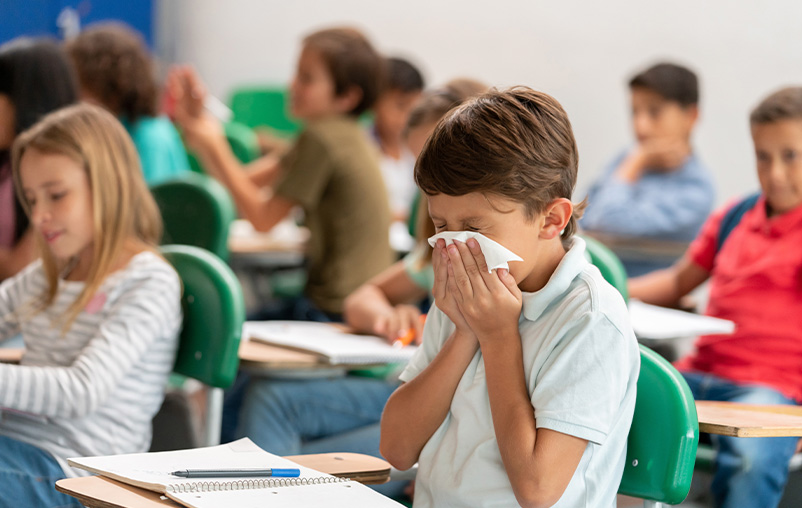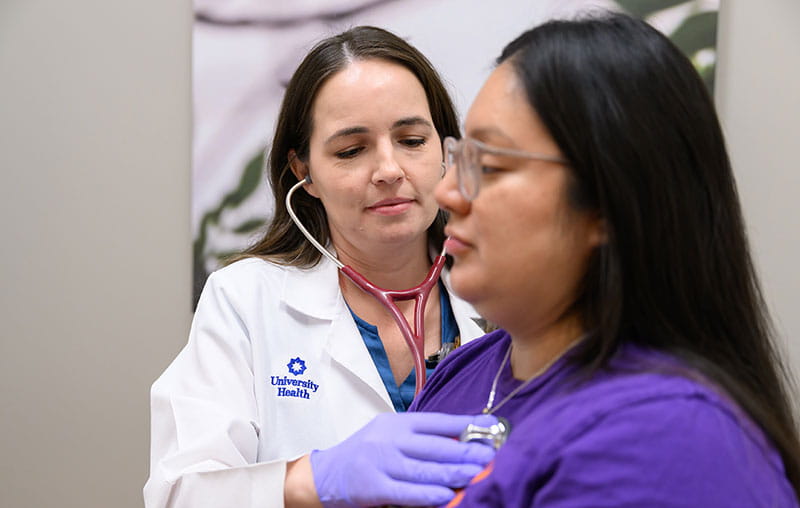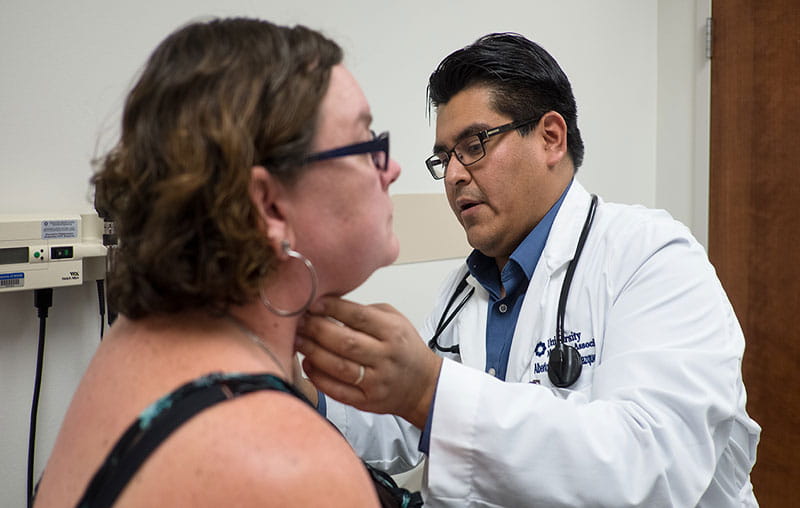Scabies, a common skin condition, has been in the news in recent weeks. Our Harlandale ISD School-based Health Center treated a number of cases, giving rise to questions about whether the school district was in the midst of an outbreak. The answer is no. While the estimates vary, scabies is one of the three most common skin infections in children, and it’s not unusual for the typical pediatrician to see a few cases per week. It’s spreads through direct and prolonged skin-to-skin contact — making it much more likely to spread within households, child-care facilities, nursing homes and prisons than in your typical middle school. Usually, brushing up against someone, a quick handshake or hug will not lead to scabies. It can, however, spread by sharing clothing, towels or bedding — which is why the treatment plan involves washing all of those things in hot water. The actual culprit is a bug — the tiny human itch mite, which burrows into the top layer of skin and lays its eggs, causing itching, redness and rash. It’s commonly seen in warm, moist folds of the skin such as the wrist, elbow, armpit or behind the knees. In very young children, it’s often seen on the face and head, neck, palms and the soles of the feet. Treatment involves a cream called a scabicide, designed to kill the mites and available only by prescription. It’s applied from the neck down and left on overnight. It’s recommended that everyone living in the same household undergo the treatment at the same time. In the morning, all the clothes, towels and bedding that were used go into the washing machine to be washed in hot water, with the dryer setting also on hot. The mites can’t survive outside the body for longer than two or three days, so it makes sense to keep those items that can’t be washed away from people for at least 72 hours. Vacuuming rugs, carpets and furniture is also a good idea, especially if someone in the household has “crusted” or severe scabies, characterized by crusty patches of skin. Scabies can be a pain to have — and a pain to get rid of — but it almost never leads to severe illness. And while Harlandale has been in spotlight recently, it’s a good bet that every school and school district has cases. If you think you or your child has scabies, see a healthcare provider and get started on treatment today. Dr. Suhaib Haq is medical director of University Health's school-based health centers Microscopic image of human itch mite (Sarcoptes scabei) by Kalumet, Wikimedia Commons





